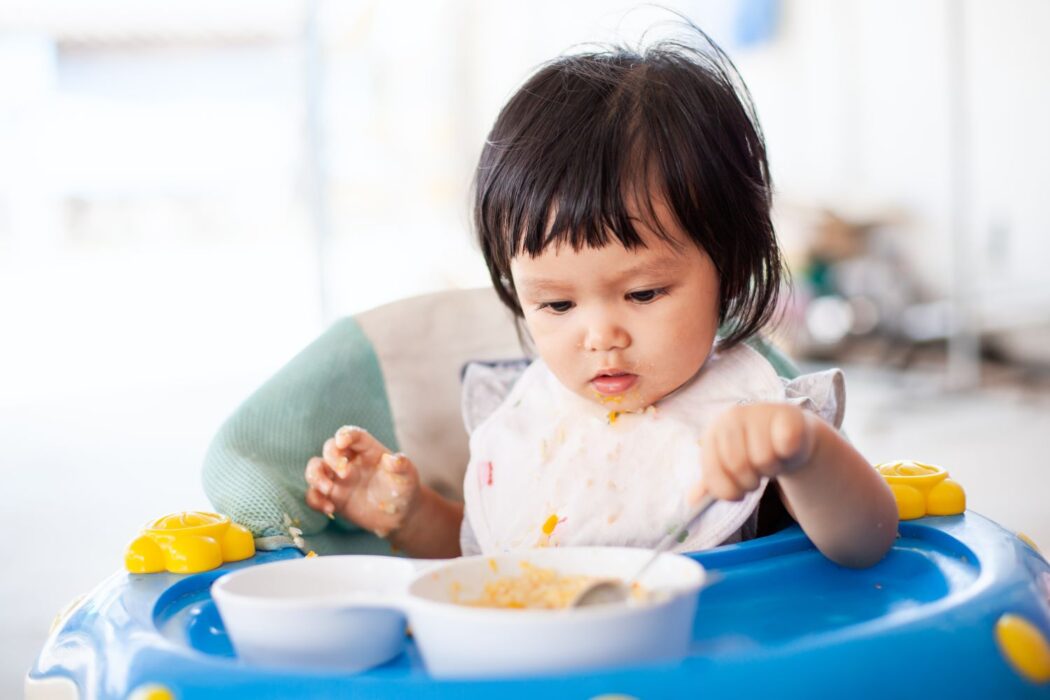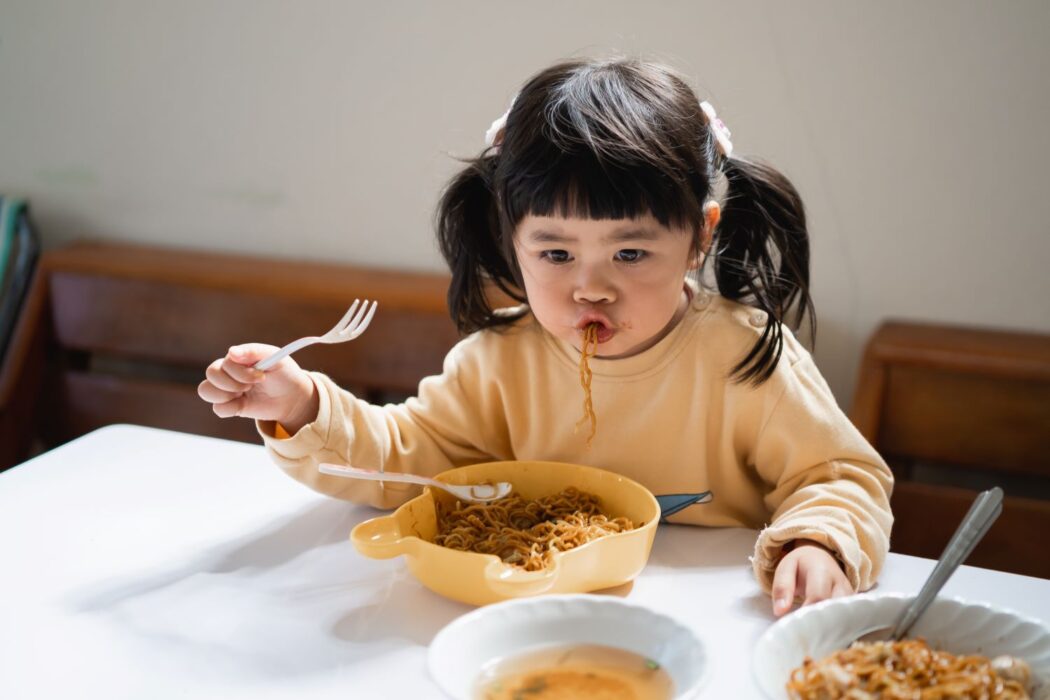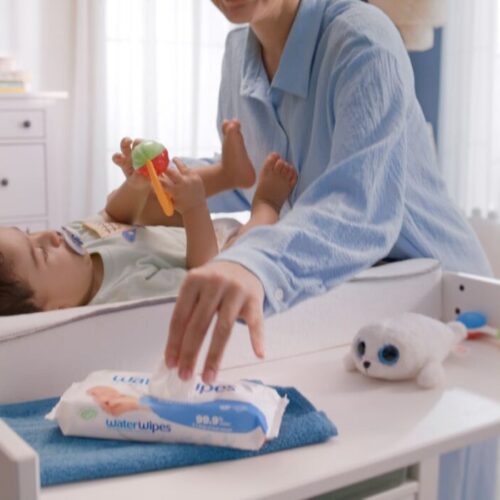How to deal with messy eating
Messy eating is part of childhood, a process that is filled with curiosity, play and learning. Let’s take a deeper dive into this stage of development.

As kids learn to feed themselves, they go through lots of different developmental phases that contribute to the occasional mess mothers encounter during mealtimes. From grasping food with tiny hands to wielding spoons, forks and cups, each step requires patience, practice and muscle coordination. Mess is part of the learning process, so brace yourself for a few spills along the way!
PLAYTIME
Believe it or not, playing with food isn’t just mischievous fun – it serves an essential purpose in children’s development. Through playing with their food, kids hone their fine motor skills and continue learning about different foods, even after mastering the art of eating without spills.
Food play can actually be a gateway for children to explore the world around them. The shape, colour and texture of foods offer valuable lessons. For instance, dropping things leads items to fall downward, throwing food makes things sail through the air and squishing soft foods such as peas transforms their texture and their look. Once you understand the significance of playing with food, it might become easier to tolerate the occasional mess and even share a chuckle over it.
TACKLING THE MESS
While messy eating is a natural part of your child’s journey, there are ways to minimise the chaos and make mealtimes more enjoyable for both you and your little one. Let’s take a look.
Finger food
Cut food into strips or fingers and let your child use their hands instead of cutlery. This method is especially helpful during the early stages of learning to eat independently.
Get kids involved
Ask your child to help set the table if they’re old enough. When they take part in the meal setup, kids are less likely to mess it up.

Family mealtimes
Make it a habit to sit together as a family during mealtimes. By setting an example of proper table etiquette, you can positively influence your child’s eating behaviour. However, do remember that acquiring these skills takes time and patience.
Keep calm
If your child makes a mess, stay calm and patient. Often, they might be testing your reaction. By not making a big fuss, you take away the excitement and lessen the likelihood of a repeat performance.
Plan ahead
Place a plastic mat or old towels under your child’s highchair or chair to make cleanup easier. Make use of feeding bibs to keep their clothes tidy and save bath time or clothing changes for after meals.
Ask for help
If messy eating persists into your child’s preschool years and you feel concerned, it’s best to discuss this with your doctor for professional advice.
As your child navigates this adventurous phase of self-feeding, be patient and support their exploration of food and the world around them. This way, you’ll witness them grow into a confident, coordinated and curious little individual. So, embrace the mess and remind yourself that it won’t last forever!











Comments